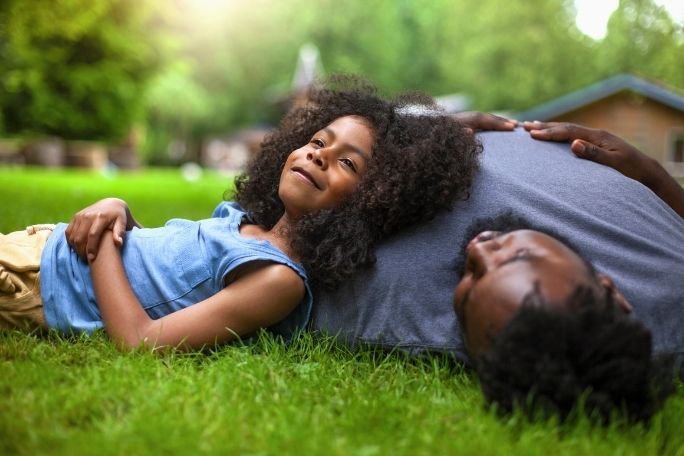Lesson summary
Did you know you have a superpower? It’s your breath and the way you breathe! In this activity, you and your kid/s will participate in a mindful breathing exercise that will help you both learn how to shift emotional states. Using the element of wind, it explores breath and emotional regulation to help lift energy levels, or to lift the mood and give yourself an injection of energy.
Lesson guides and printables
Lesson details
Curriculum mapping
Learning Outcome 1:
- Children have a strong sense of identity
- 1.1 Children feel safe, secure, and supported
- 1.2 Children develop their emerging autonomy, interdependence, resilience and sense of agency
Learning Outcome 3:
- Children have a strong sense of wellbeing
- 3.1 Children become strong in their social and emotional wellbeing
- 3.2 Children take increasing responsibility for their own health and physical wellbeing
Learning Outcome 5:
- Children are effective communicators
- 5.1 Children interact verbally and nonverbally with others for a range of purposes
Resources required
- A device for sharing a clip with children
- An indoor or outdoor space to conduct your breathing activity with children
Additional info
This activity has been developed in partnership with Beata Heymann from Breath Circle.
We also thank the Phillips Foundation and the Thyne Reid Foundation for their continued support.


Welcome back!
Don't have an account yet?
Log in with:
By signing up to Cool.org you consent and agree to Cool's privacy policy to
store, manage and process your personal information. To read more, please see
our privacy policy here(Opens in new tab).
Create your free Cool.org account.
Many of our resources are free, with an option to upgrade to Cool+ for premium content.
Already have an account?
Sign up with:
By signing up to Cool.org you consent and agree to Cool's privacy policy to
store, manage and process your personal information. To read more, please see
our privacy policy here(Opens in new tab).